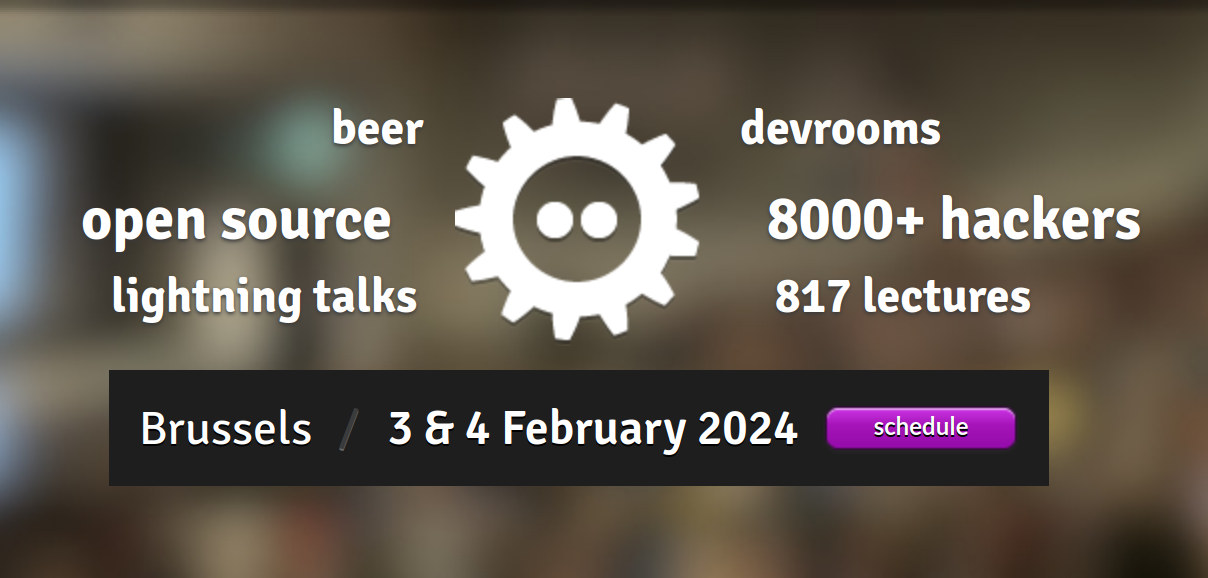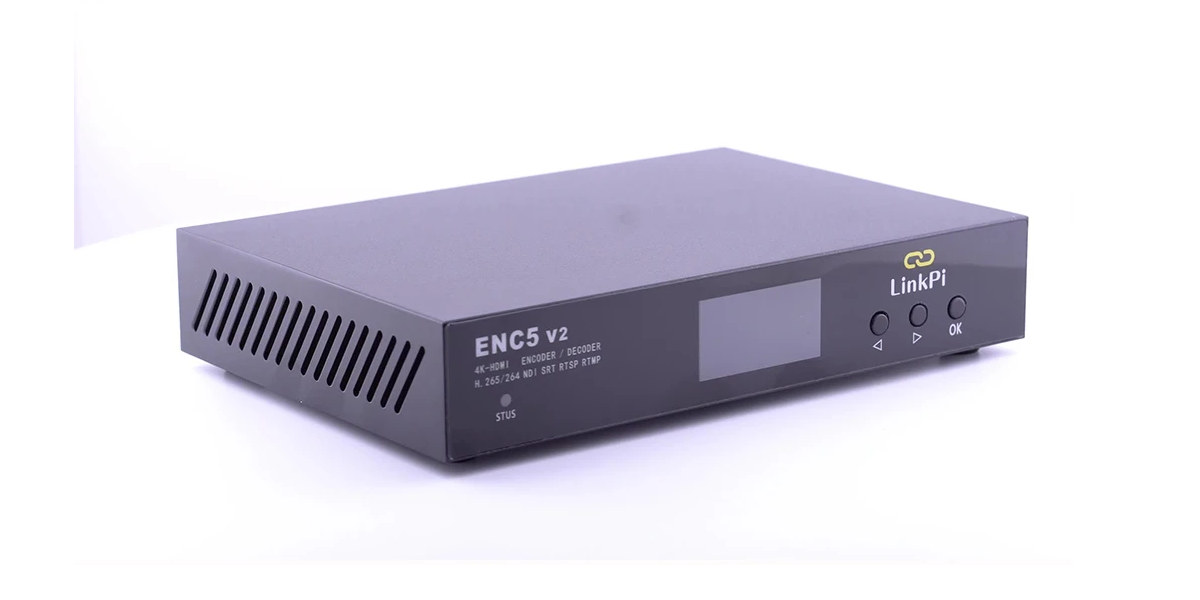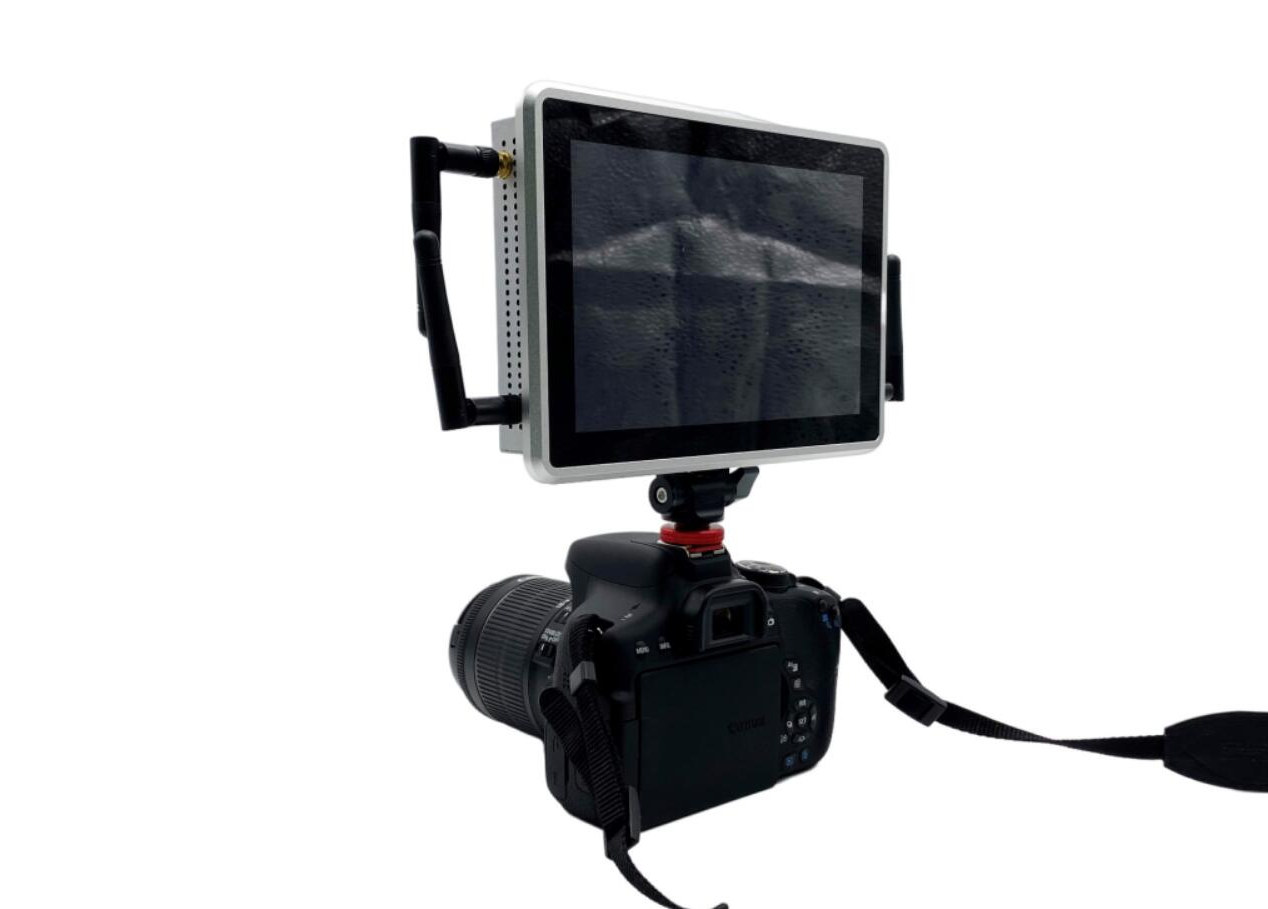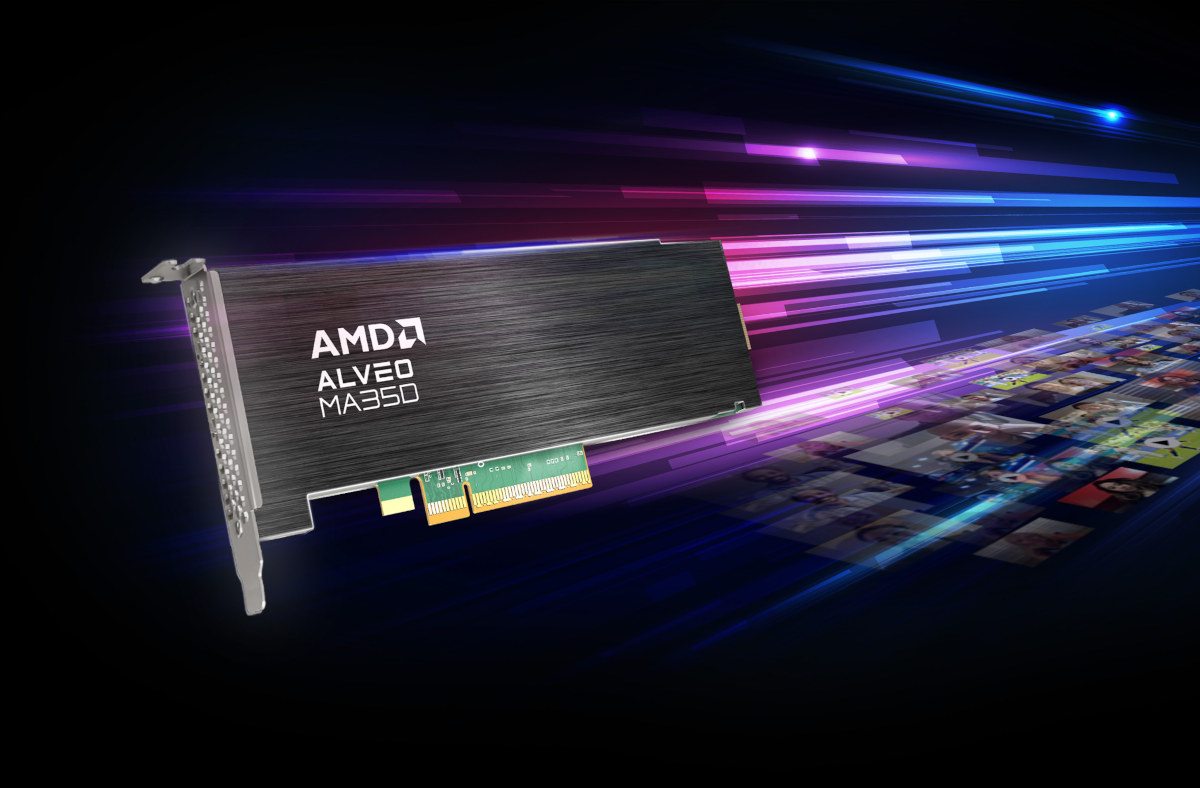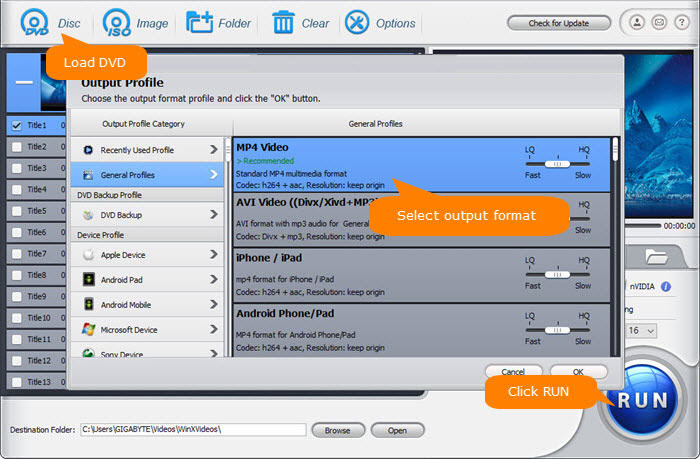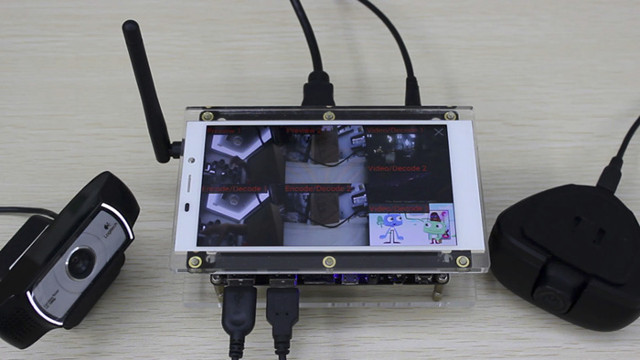FOSDEM – which stands for Free and Open Source Software Developers’ European Meeting – is a free-to-participate event where thousands of developers meet in Brussels on the first week-end of February to discuss open-source software & hardware projects. FOSDEM 2024 will take place on February 3-4 with 880 speakers, 818 events, and 66 tracks. Although I won’t attend, I’ve created a virtual schedule like every year with sessions most relevant to the topics covered on CNX Software from the “Embedded, Mobile and Automotive” and “Open Hardware and CAD/CAM” devrooms, but also other devrooms including “FOSS Mobile Devices”, “ Energy: Reimagining this Ecosystem through Open Source”, “RISC-V”, and others. FOSDEM Day 1 – Saturday, February 3, 2024 10:30 – 10:55 – Screen Sharing on Raspberry Pi 5 Using VNC in Weston and Wayland with the Yocto Project and OpenEmbedded by Leon Anavi In 2023, embedded Linux developers received eagerly awaited news: […]
Link Pi ENC5 v2 video encoder supports up to 5 4Kp30 HDMI inputs
The Link Pi ENC5 v2 is a video encoder with five HDMI inputs up to 4Kp30, one HDMI output, two audio jacks, Gigabit Ethernet, and a USB 3.0 port that supports RTSP, ONVIF, SRT, and NDI streaming protocols. The system appears to be based on the Hisilicon Hi3531DV200 quad-core Cortex-A53 processor and features 8GB eMMC flash for the OS, plus 4GB RAM. The USB port can be used to record videos to an external hard drive or flash drive or add WiFi or 4G/5G cellular connectivity. Link Pi ENC5 v2 specifications: SoC – Unnamed, but some of the specs are matching the Hisilicon Hi3531DV200 SoC CPU – Arm Cortex A53 quad-core processor @ 1.2GHz with 32KB l-Cache, 32KB D-Cache VPU Decode – H264, H264, MJPEG Encode – Up to 4Kp30 / 1080p60 H.264 Main/Baseline/High/ profiles, H.265 Main profile, MJPEG/JPEG Max Bitrate – 20Mbps Bit rate control – CBR, VBR, AVBR, […]
Mekotronics A58 – A 7-inch display with Rockchip RK3588 SoC and a DSLR camera mount for live streaming
Mekotronics A58 7-inch smart display is powered by a Rockchip RK3588 SoC with up to 16GB RAM and 128GB eMMC flash, and ships with a DSLR camera mount to enable video broadcasting and live streaming on social platforms. In the past, we’ve covered several Rockchip RK3588-powered Arm mini PCs by Mekotronics such as the R58, R58X, and more recently the R58X-Pro and R58X-HDD models, but the company has now leveraged its experience with the platform by launching a 7-inch smart display that can be used for live-streaming, but as we’ll see from the specifications below can also find many other uses. Mekotronics A58 specifications: SoC – Rockchip RK3588 octa-core processor with four Cortex-A76 cores @ 2.4 GHz, four Cortex-A55 cores @ 1.8 GHz, an Arm Mali-G610 MP4 GPU, a 6TOPS NPU, 8K 10-bit decoder, 8K encoder System Memory – 4GB, 8GB, or 16GB LPDDR4X Storage 32GB, 64GB, or 128GB eMMC […]
AMD Alveo MA35D media accelerator transcodes up to 32 1080p60 AV1 streams in real-time
AMD Alveo MA35D media accelerator PCIe card is based on a 5nm ASIC capable of transcoding up to 32 Full HD (1080p60) AV1 streams in real-time and designed for low-latency, high-volume interactive streaming applications such as watch parties, live shopping, online auctions, and social streaming. AMD says the Alveo MA35D utilizes a purpose-built VPU to accelerate the entire video pipeline, and the ASIC can also handle up to 8x 4Kp60, or 4x 8Kp30 AV1 streams per card. H.264 and H.265 codecs are also supported, and the company claims its “next-generation AV1 transcoder engines” deliver up to a 52% reduction in bitrate at the same video quality against “an open source x264 veryfast SW model”. AMD Alveo MA350 highlights: Auxiliary CPU – 2x 64-bit quad-core RISC-V to perform control and board management tasks AI Processor – 22 TOPS per card for AI-enabled “smart streaming” for video quality optimization Memory – 16GB […]
WinX DVD Ripper Platinum supports Level-3 hardware acceleration (Sponsored)
While it’s possible to tip DVDs without compression, doing so takes a lot of storage space, so most people will transcode DVD to MP4 or other video formats. One program that can help is WinX DVD Ripper that will convert an ISO image or rip a DVD to MP4 with H.264 or HEVC codec, AVI, WMV, FLV, MOV, MPEG, etc…, to save the file a hard drive or NAS, and let you watch it on a computer, HDTV, Android, iPhone, iPad, Xbox One S, PS4/5, etc… WinX DVD Ripper is a free program that works in Windows 10/11 or Mac OS, with a premium version called WinX DVD Ripper Platinum that relies on Level-3 hardware acceleration leveraging NVIDIA, AMD, or Intel GPU acceleration to slash encoding time, as well as support recovery for scratch optical media, 99-title DVDs, and provide editing features. If you own a small collection of DVDs, […]
Multiple Videos Encoding and Decoding in Android on Firefly-RK3288 Development Board
Some applications like digital signage and video surveillance may require simultaneous video playback, and encoding to send over the network. ARM platforms may not be powerful enough to achieve those tasks with the processor only, but luckily many ARM SoCs include powerful video processing unit (VPU) capable of doing both hardware video encoding and decoding, leaving the CPU cores mostly free for other tasks. Firefly team has demoed such capabilities on their Firefly-RK3288 development board by displaying 7 videos on a single screen, including two previews from two USB cameras attached to the board, which are then encoded and decoded on the fly and displayed on the screen. The last three videos are played from 3 different files. So that means that 5 video decode and 2 video encode are running simultaneously. The board can achieve 26 to 30fps with 720p videos, and around 13 to 15 fps with 1080p […]
Languages, Unicode and Charset
If your application needs to support multiple languages or if it needs to support languages with different character sets such as simplified Chinese (GB2312, GBK, GB18030, HZ,..) or traditional Chinese(BIG5, HKSCS, EUC-TW) you’ll need to make yourself familiar with Unicode and the different character sets. In this article, we’ll focus on introducing character sets, manipulating and converting charsets and the possible challenges you may encounter while handling Unicode text files. If you plan to support multiple languages, you’ll also have to internationalize your application, for example by using Po files for different languages, a Po file editor and possibly have the translations done in launchpad if your project is open source. But this would be another subject. Go for Unicode If you are building a new application make sure its structure is based on Unicode (UTF-8, UCS-2, UTF-16 or UTF-32 ) since those charsets can handle most written languages (UTF: […]


